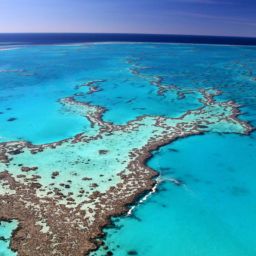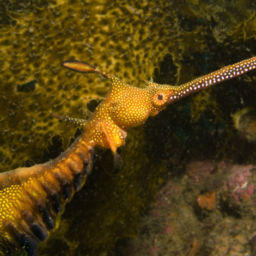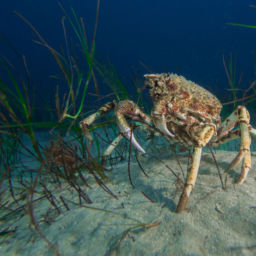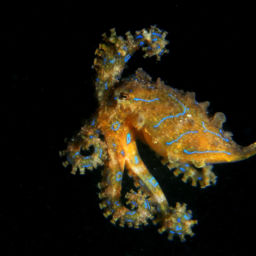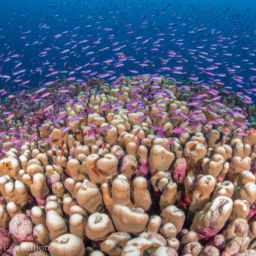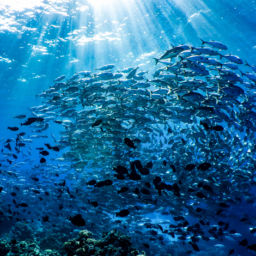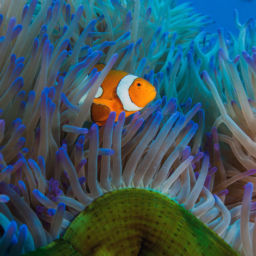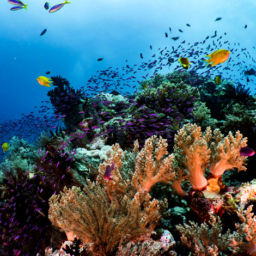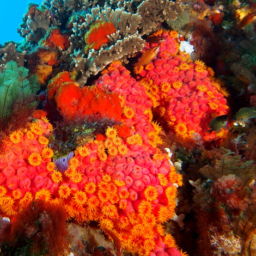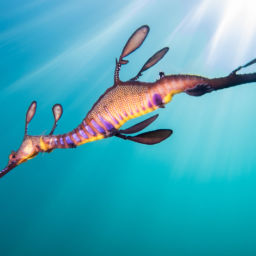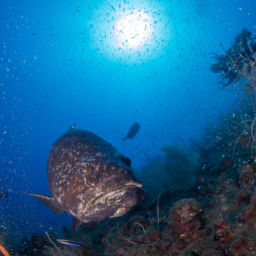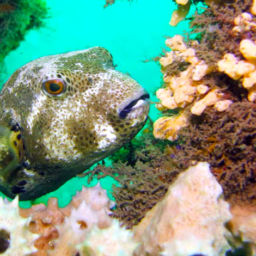Australia’s Great Barrier Reef is under all sorts of pressure. Climate change brings with it bleaching events and storms of increasing intensity. Years of poor agricultural land management have allowed a build-up of silt. As a result, it flows from rivers to the sea, contributing to plagues of coral-eating crown-of-thorns sea stars. All of these factors add to the stress endured by this World Heritage icon. Some of these threats seem so completely out of our control that it’s easy to give up. There are initiatives underway to help, however. These include the removal of crown of thorns sea stars by a relative army of volunteers and new land management programs to reduce silt run-off. Here, we’ll meet the passionate individuals behind the Reef Restoration Foundation, who are helping to grow more-resilient corals – on trees.
Growing more-resilient corals
For the first time in the history of the Great Barrier Reef, the foundation got permission to intervene and assist the reef’s ability to bounce back by establishing an offshore coral nursery. The foundation has tourism industry and scientific support for this coral-gardening and restoration-research project, which aims to regenerate degraded coral reefs.
In late 2017, foundation volunteers collected small amounts of healthy coral. It had survived the past two years of high temperatures, so should, theoretically, be naturally more-resilient to coral bleaching. Therefore, in mid-December, the team attached the coral to six “coral-tree” frames in an offshore nursery at Fitzroy Island off the coast of Cairns.
“As coral cover across the Great Barrier Reef continues to decline, additional management approaches are required to assist the recovery of corals,” said James Cook University Professor Damien Burrows.
The project has strong tourism-industry support. Funding comes from Fitzroy Island Resort (also home to a turtle sanctuary), the Cairns Dive Center, the Association of Marine Park Tourism Operators (AMPTO) and Gempearl, which manages the crown-of-thorns removal program.
Developing the coral trees
To build the coral trees for the GBR, the foundation consulted scientists who have worked on similar projects in the Florida Keys and Caribbean. As a result, they developed the GBR structures using proven methods from these locations.
In the Florida Keys, researchers grow approximately 25,000 trees annually using offshore nurseries. At Fitzroy Island there are only six so far, using two resilient and fast-growing species — bushy and branching coral. They are testing four species in total.
The Reef Restoration Foundation chose the coral-tree format because of its innovative design, which keeps the coral off the sea floor and away from predators like the crown-of-thorns. Coral gardeners can simultaneously monitor the trees’ depth to allow for varying water temperatures. Importantly, the trees in Florida withstood the fury of Hurricane Irma. Consequently, the GBR coral trees should survive a tropical cyclone if they must.
Researchers from James Cook University’s TropWATER and Reef Ecologic will monitor the performance of the coral nursery with support from volunteers as well as other skilled individuals, most of whom work locally in the marine-tourism industry. Each week, volunteers visit the coral nursery to clean off algae and monitor the coral’s health. So far there are 20 to 30 people on the roster, all anxious to help. Although large-scale change must take place at the governmental level, each of us can contribute on an individual level as well.
Deborah Dickson-Smith is one half of Diveplanit, a dive travel website she manages with her partner Simon Mallender, based in Australia. She joined the volunteer team earlier this year, cleaning the coral-tree structure of algae using a toothbrush.







